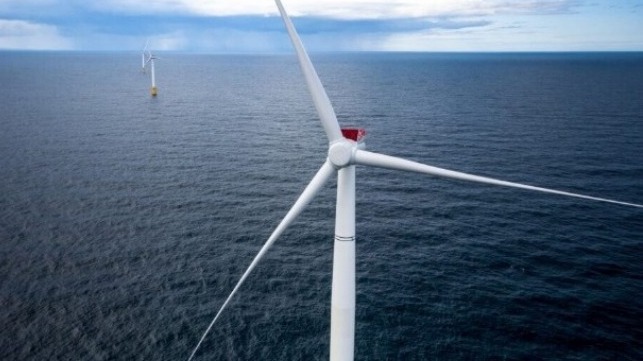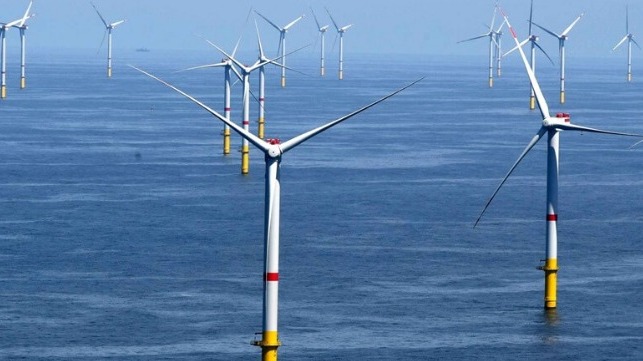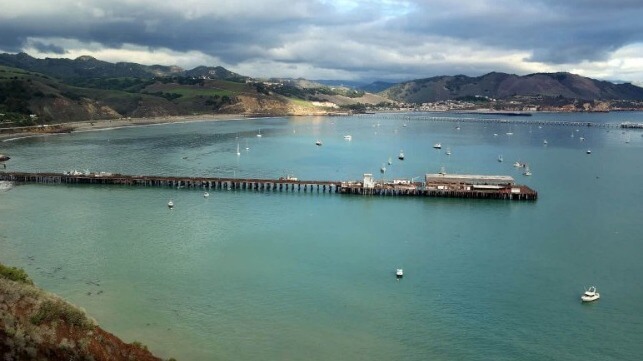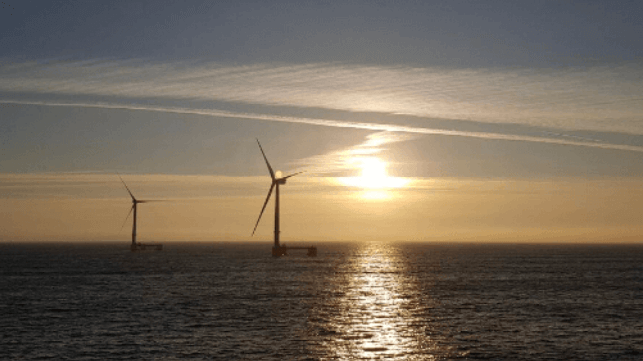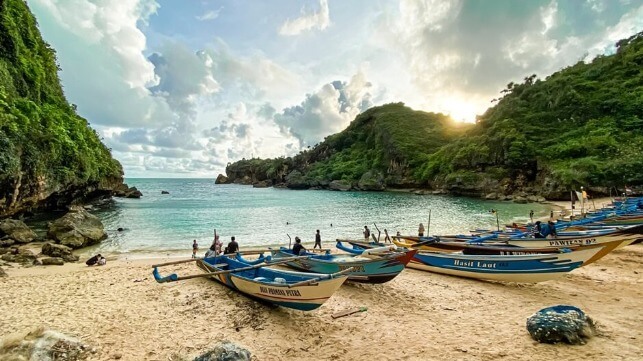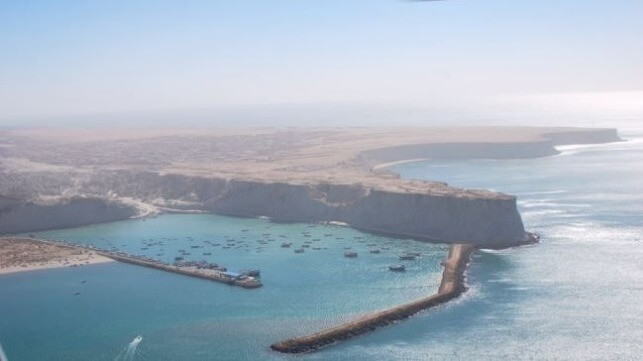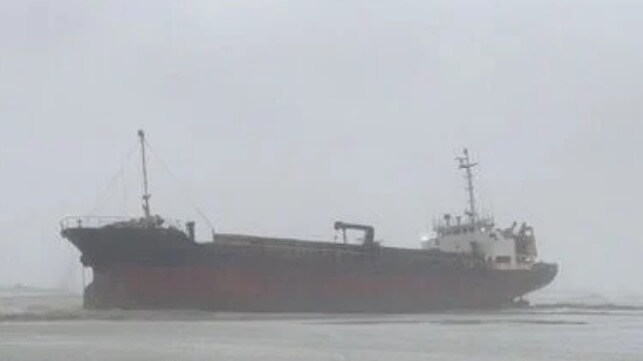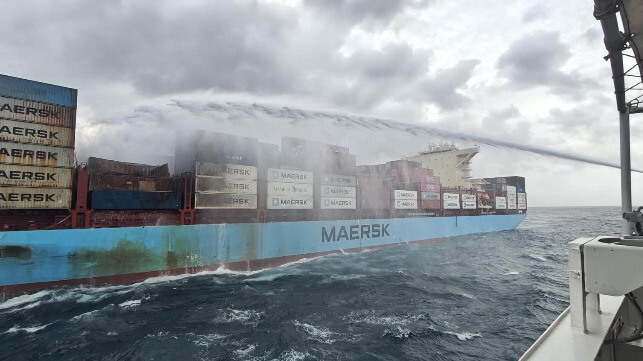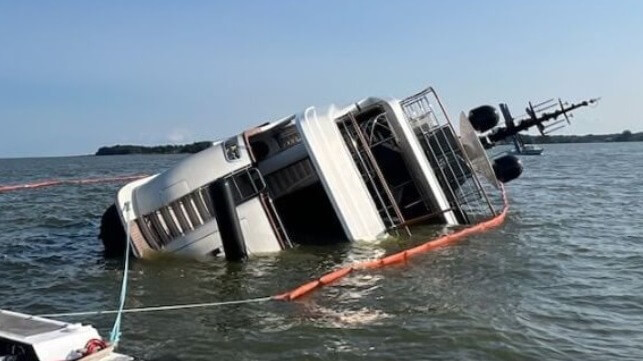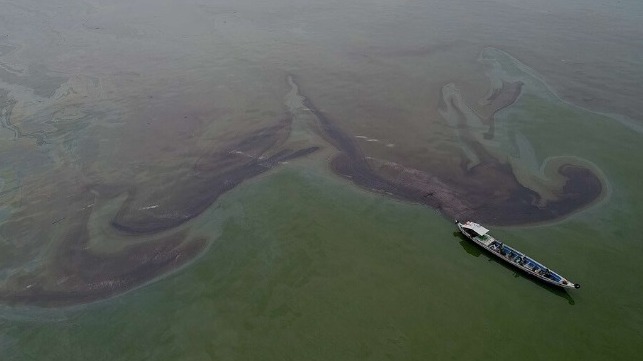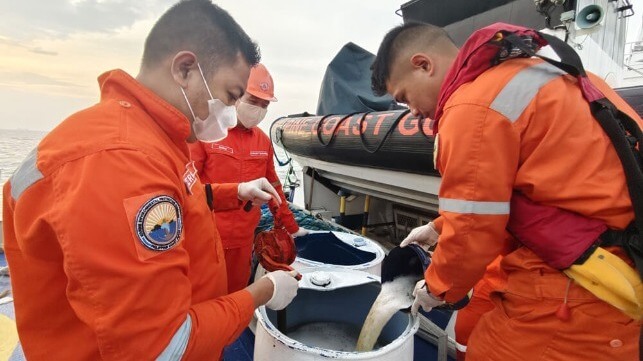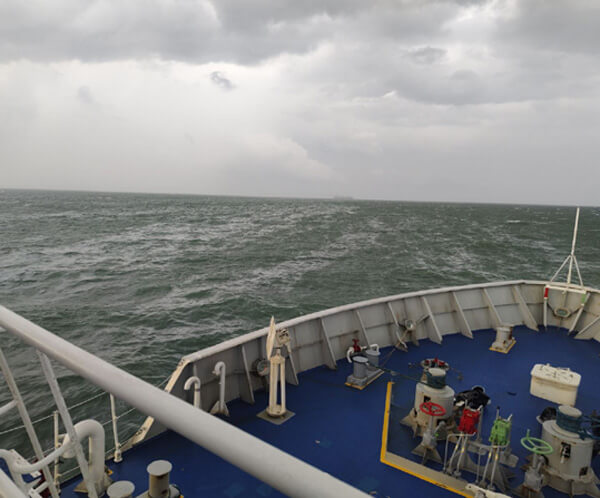[By Daniel Cressey]
Hundreds of millions of dollars have been pledged to compensate for “loss and damage” caused by climate change. Hundreds of billions more will be needed.
When the pledges were made by various governments last year, they were widely celebrated. But some experts fear the much-hailed fund being set up to deliver this climate finance faces significant hurdles if it is to address damage wrought on oceans and some of the world’s poorest people.
Changes brought about by climate change are already being seen in increased sea temperatures, mass coral bleaching and ocean acidification.
But while governments have channelled increasing sums of money towards dealing with climate change in recent years, ocean issues have often missed out. “Unfortunately, the ocean is largely viewed as either being out of sight and out of mind, or too big to fail,” says Karen Sack, executive director of the Ocean Risk and Resilience Action Alliance (ORRAA), which works to incentivise investment in coastal and ocean environmental projects.
Loss and damage, the third pillar of climate finance
As it becomes clearer how much damage climate change is already doing and could yet do, calls have grown for richer countries responsible for the bulk of historical greenhouse gas emissions to provide money to poorer ones in the form of climate finance.
So far, this money has gone largely towards climate change “mitigation”, meaning action to reduce greenhouse gas emissions – such as shutting down coal-fired power stations – or to remove them from the atmosphere. It has also gone towards “adaptation”: actions to cope with a climate-changed world, like building stronger sea walls.
A “third pillar” of payments, for loss and damage incurred due to climate change, has proven more controversial.
At the most recent global climate talks, COP28 in Dubai, the establishment of a Loss and Damage Fund was finally agreed after years of discussion. Some USD 700 million was pledged to the nascent fund, which the World Bank was given an initial four-year stint in charge of.
The problem of fleeing fish
It is thought that around 600 million people depend to some extent on fisheries and aquaculture for their livelihoods. In the highly calibrated language that characterizes reports by the Intergovernmental Panel on Climate Change, there is “medium confidence” that climate change will drive changes in fish populations that “affect income, livelihoods, and food security of marine resource-dependent communities.”
One team, which modeled where 779 commercially important fish species are likely to exist in 2100, found tropical nations would lose the most, with “few if any stocks replacing” the departures, although the results are heavily dependent on future greenhouse gas emissions.
But claiming for a loss of fish may not be simple.
Michelle Tigchelaar is a climate scientist who works for WorldFish, an NGO focussing on sustainable fisheries and aquaculture in Africa, Asia and the Pacific. She fears it will be challenging to separate changes due to climate change from other pressures on fish stocks, such as overfishing and pollution.
“So far, most of the loss and damage reporting has focused on extreme weather events – storms, flooding, heatwaves – that are constrained in space and time,” she says. “For fisheries, the losses and damages resulting from climate change – such as shifting of fish stocks and degrading coral reefs – may be slower to develop, making it more difficult to calculate a single claim.”
Another problem is that current data on fish catches is patchy, especially for inland fisheries and those catches that are eaten by fishers or traded outside of commercial markets. “What isn’t measured can’t be compensated, putting arguably the most vulnerable small-scale fishers out of reach of loss-and-damage mechanisms,” Tigchelaar warns.
Climate problems will be felt especially keenly in coastal least-developed countries (LDCs) and small island developing states (SIDS). They are also likely to fall particularly heavily on women in these countries who often have precarious jobs in fisheries and related industries, “so the Loss and Damage Fund will be fundamental to their future”, says ORRAA’s Sack.
Small islands, big problems
The fund has been instructed to ringfence an as-yet-undetermined proportion of its money for SIDS and coastal LDCs. But such countries may be poorly placed to make claims.
“Developing countries, in particular SIDS and LDCs, often lack historical data or the institutions, expertise and financial resources that would support ‘attribution studies’ for particular climate hazards,” explains Adelle Thomas, senior director at the Natural Resources Defense Council, an environmental non-profit.
Attribution studies calculate the extent to which changes in Earth’s weather and environment are down to anthropogenic climate change. Data for such studies is scarce in some of the developing countries likely to be hit hardest by rising temperatures. “If attribution is a requirement for loss and damage payment, then this would be particularly unjust, as these countries who have contributed the least to climate change and lack the resources for attribution science, would then be ineligible for support,” Thomas says.
Much will depend on how the fund decides to allocate its resources.
Michai Robertson is a research fellow at the ODI think-tank and a former negotiator on climate finance for the Alliance of Small Island States, a negotiating bloc. He says what counts as success for funding must be carefully considered if smaller countries are to access their fair share.
“There’s always the attractiveness of saying you’ve helped X million [or] billion people; you’ve addressed X dollars or pounds in losses, and it’s in the billions,” he says. “But the thing is, those types of metrics disadvantage smaller and least developed countries, because they’re not the places where they have huge … populations or those huge economies.”
Small island states also face the loss of things that are less tangible than buildings and fish. In some cases, their cultural heritage and even their very existence is at risk due to rising sea levels. This opens up the issue of “non-economic loss and damage”.
Funding for such damage could support, for example, building museums commemorating culture lost to rising sea levels. “Before the Loss and Damage Fund, you couldn’t go to the World Bank with a project like this,” says Robertson. “You couldn’t go to the Green Climate Fund; you’d be laughed out of the room.”
Precedence for ocean fears
Untangling where climate finance has gone, and what it has been spent on, is complicated. But some who work on ocean issues feel that money has often had a terrestrial bias.
A 2022 paper from the Asian Development Bank Institute, a Tokyo-based think-tank, identified that public finance for ocean conservation and climate action had grown from USD 579 million in 2013 to just over USD 3.5 billion in 2019. This is compared to nearly USD 130 billion in wider climate finance for developed countries between 2013 and 2018.
John Virdin, one of the paper’s authors, is director of the Ocean and Coastal Policy Program at the Nicholas Institute for Energy, Environment and Sustainability in the US. He says estimates of how much global aid and public finance goes to ocean-related projects are patchy, but that it has been suggested they are “an order of magnitude” below what is probably needed to achieve ocean conservation targets such as Sustainable Development Goal (SDG) 14.
“Some scholars have called this the ocean finance gap,” he says.
Less than 2% of money from the Green Climate Fund – the largest of the climate funds run under the auspices of the UN climate convention – went to ocean projects, according to a 2021 estimate.
Another relevant fund is the Global Environment Facility (GEF). The fund channels money to projects that support five environmental conventions, including the UN climate convention. In 2007, it came in for criticism from some quarters because it explicitly weighted its Global Benefits Index for Biodiversity – which helps determine the destination of funding – 80% for terrestrial and 20% for marine.
The GEF Secretariat says the index is just one part of the equations that go into resource allocation. “One of the challenges of developing such a system is that few datasets are global and consistently applied, so there are few options to choose from and even less in the marine realm,” a spokesperson tells Dialogue Earth.
They add that the index was updated in 2016 when there were “significant improvements in the marine data available” and that currently, the weighting is 75% for terrestrial and 25% for marine biodiversity.
The future of loss and damage
The fund established at COP28 made progress this month at the second ever meeting of its board, choosing the Philippines as the board’s host country and giving it the official name, the “Fund for responding to Loss and Damage”.
But it also faces general headwinds.
Experts who spoke to Dialogue Earth flagged significant concerns over the amount of money so far promised. This has languished at under USD 1 billion since COP28, while estimates of annual need run to triple-figure billions per year. Unless more money is forthcoming, those running the fund will face tough choices when they must pick between competing claims.
Nevertheless, several experts said they were pleased that headway was being made on the fund, and praised the nascent board.
“You can see this either as a glass half full or a glass half empty,” says Tigchelaar. “For a long time, this was just an idea. Now it is reality.
“That said, progress on operationalising and funding the Loss and Damage Fund has been embarrassingly slow. I expect this to be a long-drawn-out fight over who pays for what, how much, and under what conditions.”
And of course, who they pay for damage to the ocean, and how much is paid.
Daniel Cressey is ocean editor at Dialogue Earth. Based in London, he worked as a journalist for two decades at publications including Nature and Research Professional News before joining Dialogue Earth in 2024. He has degrees in chemistry, history of science and journalism
The opinions expressed herein are the author's and not necessarily those of The Maritime Executive.

